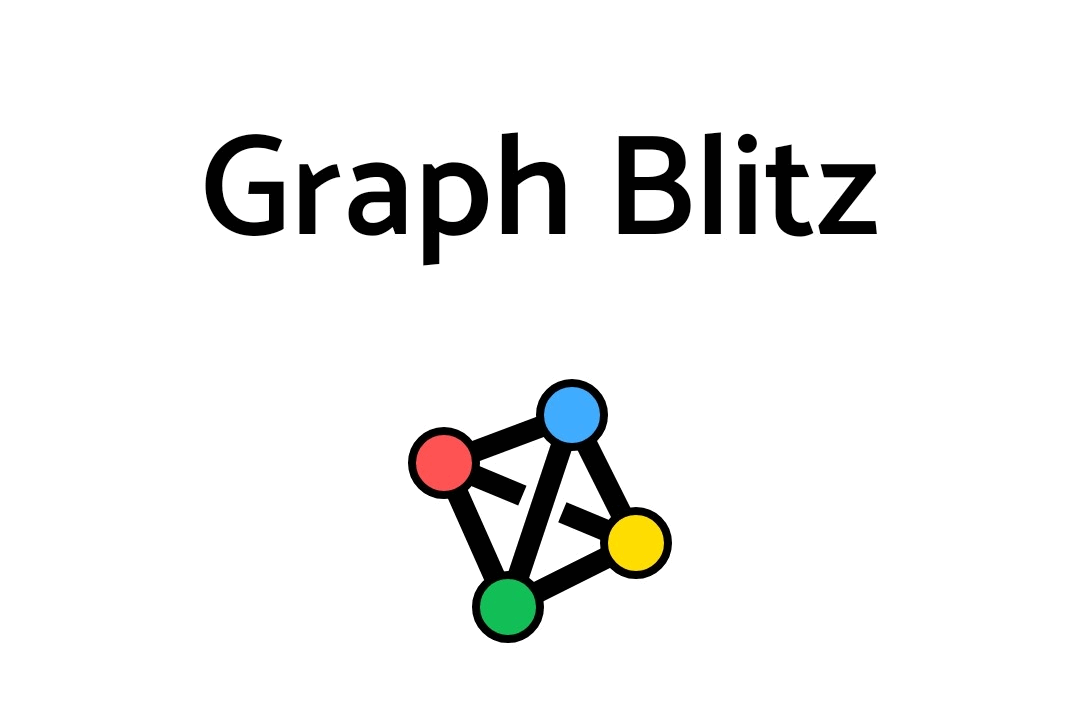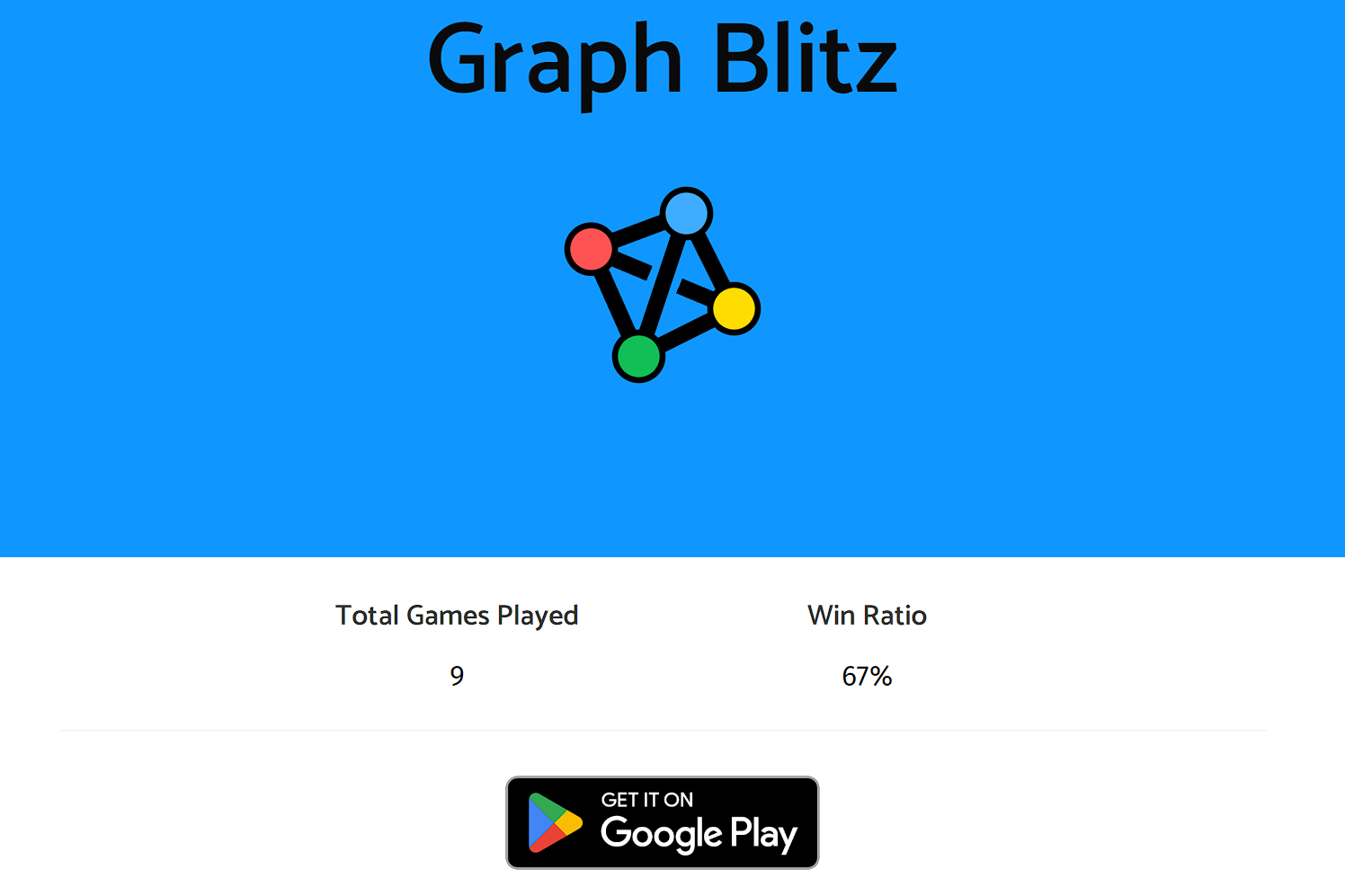Abstract:
In this thesis we explore a variety of online and adversarial algorithms. We primarily
explore the following online and adversarial algorithms; the perfect code game,
adversarial online colouring, the chain decomposition game, and strongly online graphs.
The perfect code game is a new adversarial game played on graphs in which players take
turns constructing perfect codes. We provide definitions for perfect codes and the
perfect code game, along with some motivation from coding theory. We will prove upper
bounds for both cycle and path graphs. We also prove an upper bound for graphs of
bounded pathwidth. Finally, we explore the perfect code game in graphs of bounded
degree.
We will create a new game called the adversarial online colouring game, this game takes
elements from both online and adversarial algorithms. We will begin with some discussion
and a definition of adversarial online colouring. We will then prove several results
related to graph degree. We conclude with a proof that the adversarial online colouring
game on trees is determined only by the number of colours and the number of vertices
(assuming that both players have a chance at winning).
The chain decomposition game is another adversarial game, but this time played on partial
orders. We introduce the chain decomposition game and demonstrate two results relating
to upper and lower bounds for the game. We also prove a result on the online adversarial
version of the game.
We introduce strongly online graphs and graph colouring as a new algorithmic
parameterization to online graph colouring. A strongly online graph is an online graph
where at each stage 𝑠 we can see a ball of increasing radius about each vertex. We will
prove several bounds (upper and lower) on the online chromatic number of strongly online
graphs. For example, we show that every strongly online graph can be coloured in twice
its chromatic number. We prove that every strongly online graph with even pathwidth 𝑘
can be online coloured with 2𝑘 + 1 colours. Then, after introducing a natural notion of
strongly online pathwidth, we prove that there is a strongly online graph with no finite
strongly online path decomposition.


